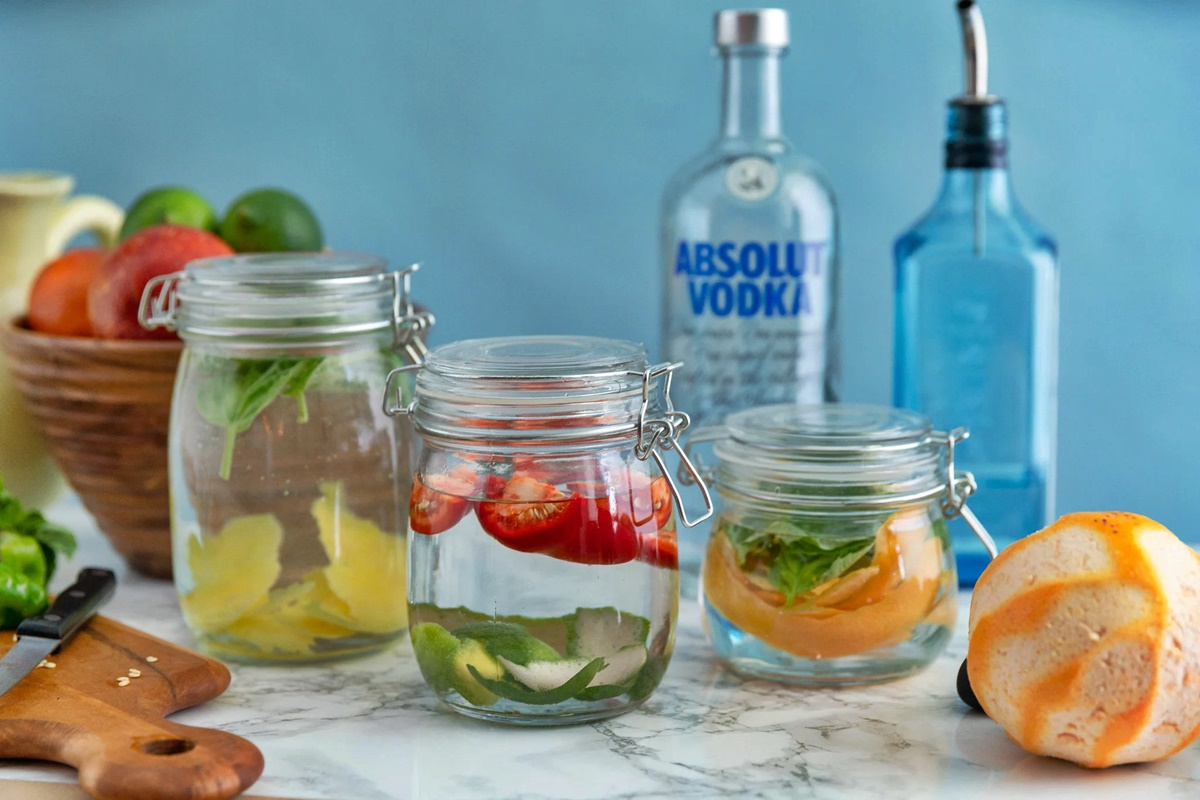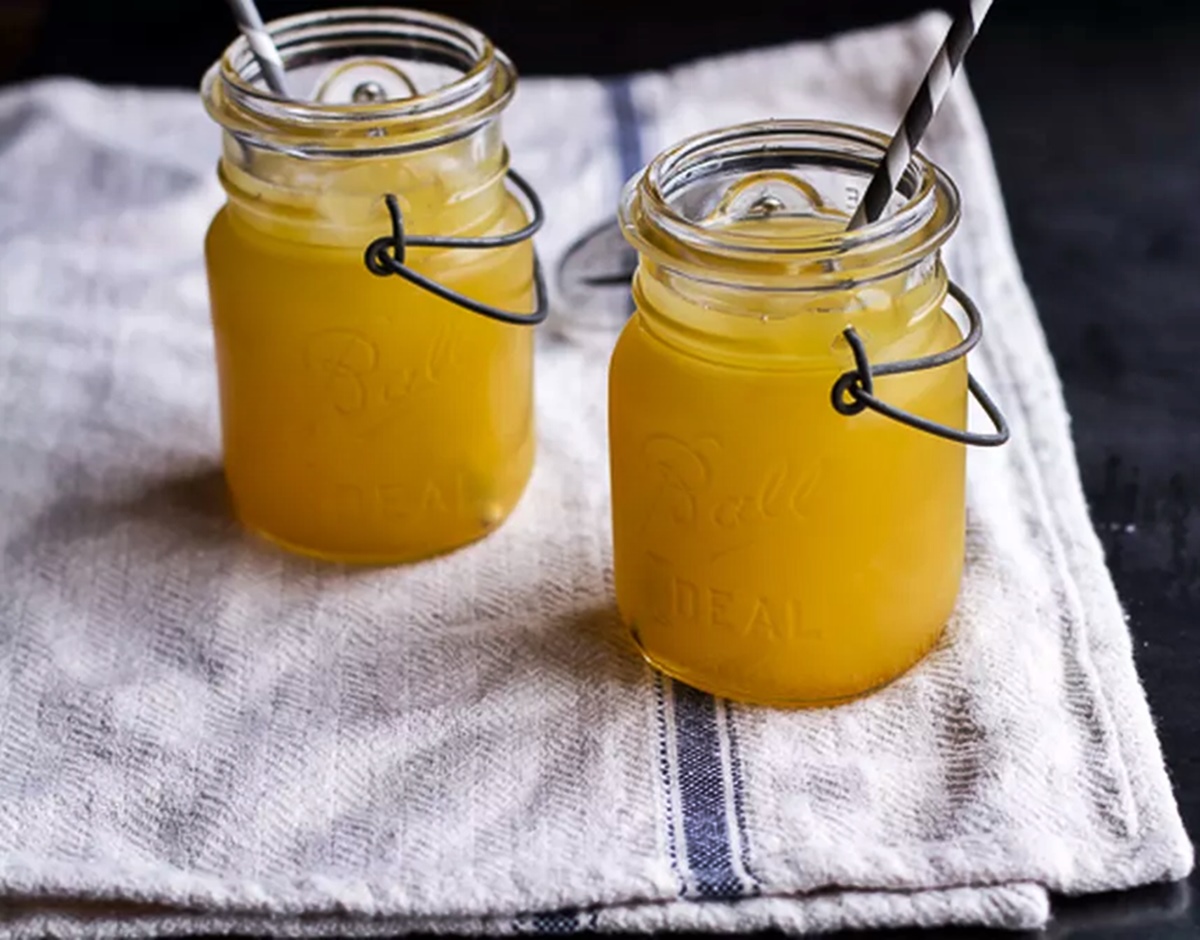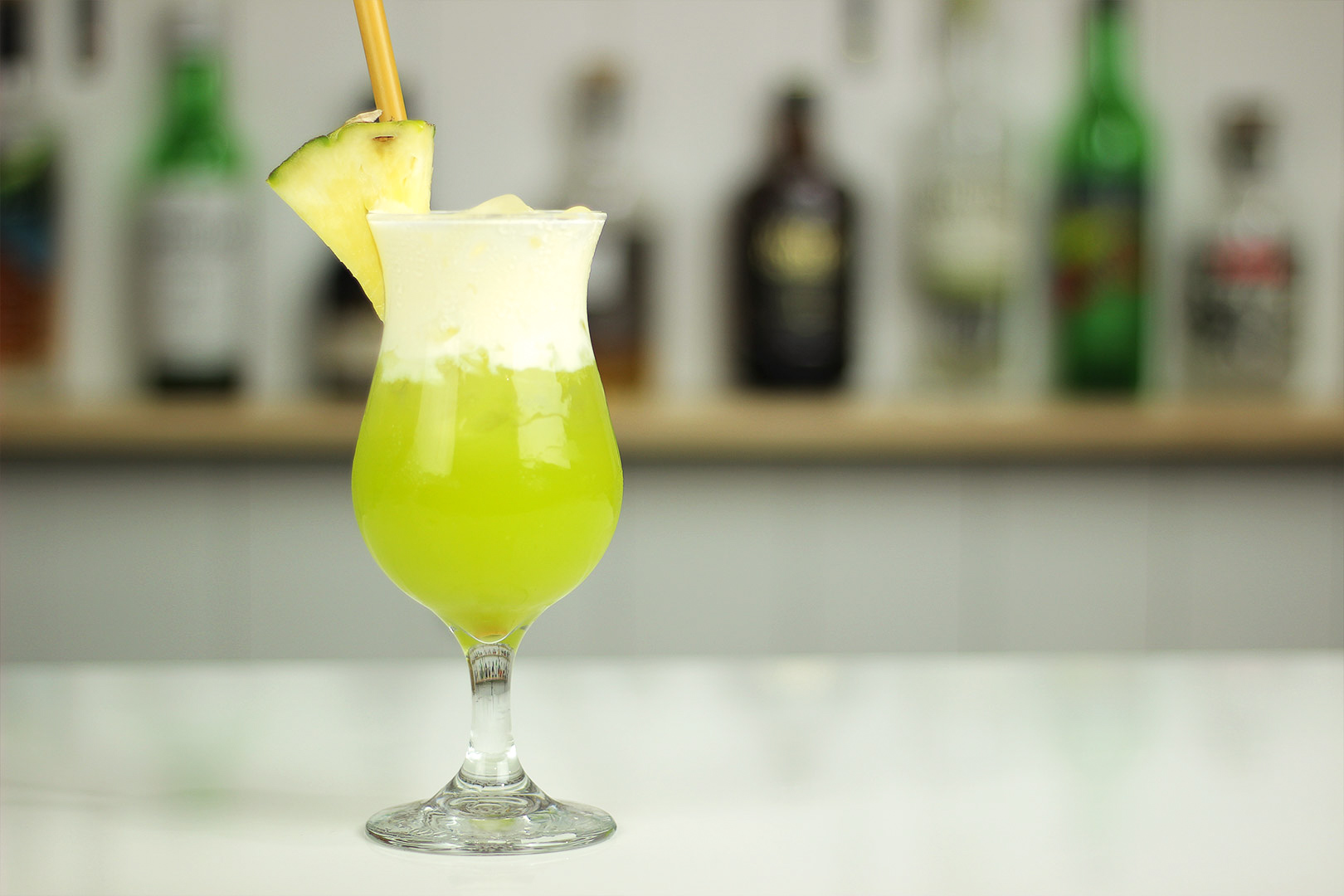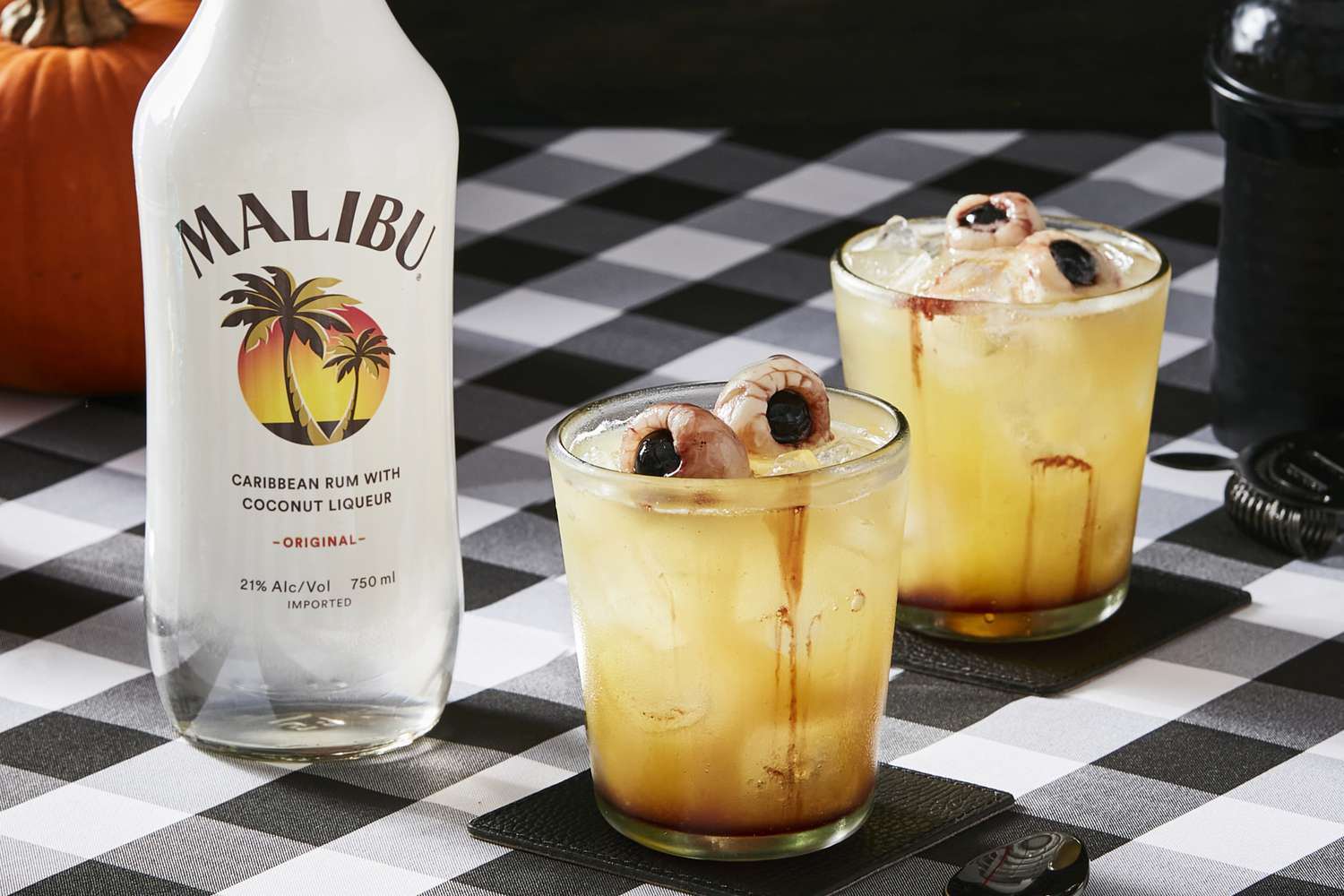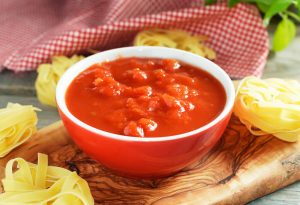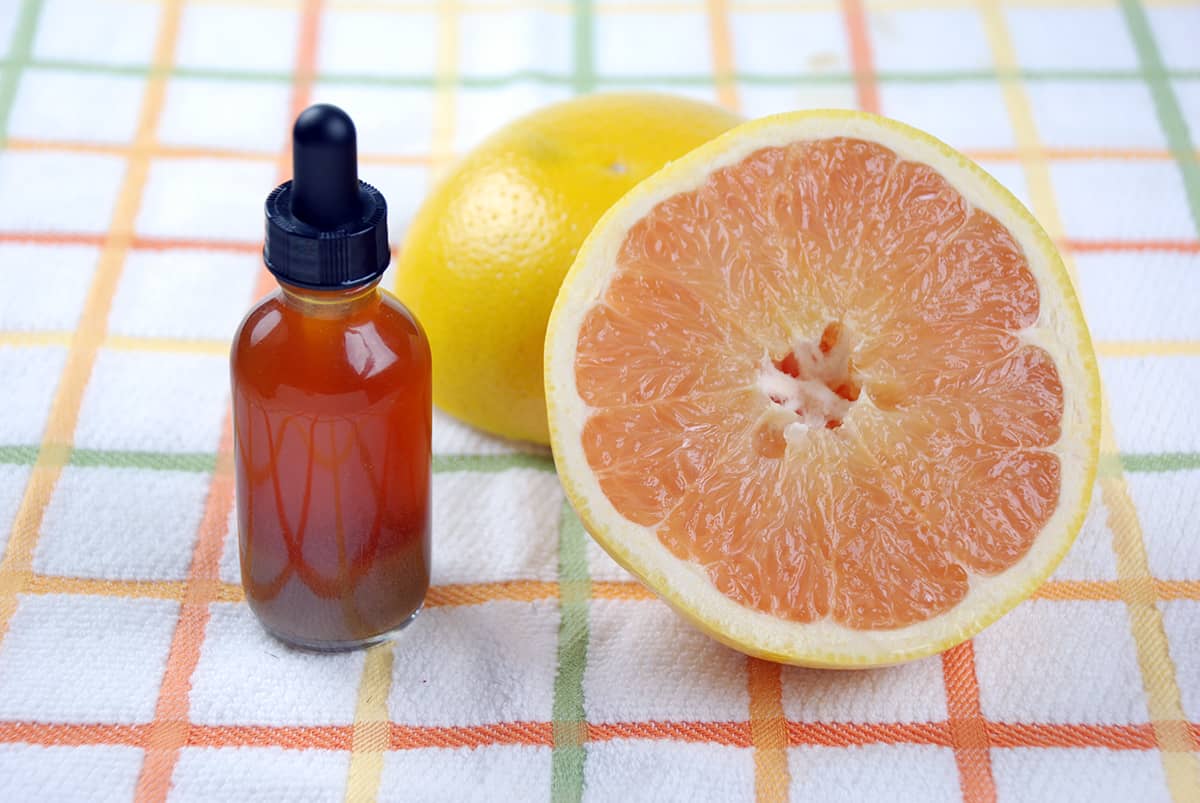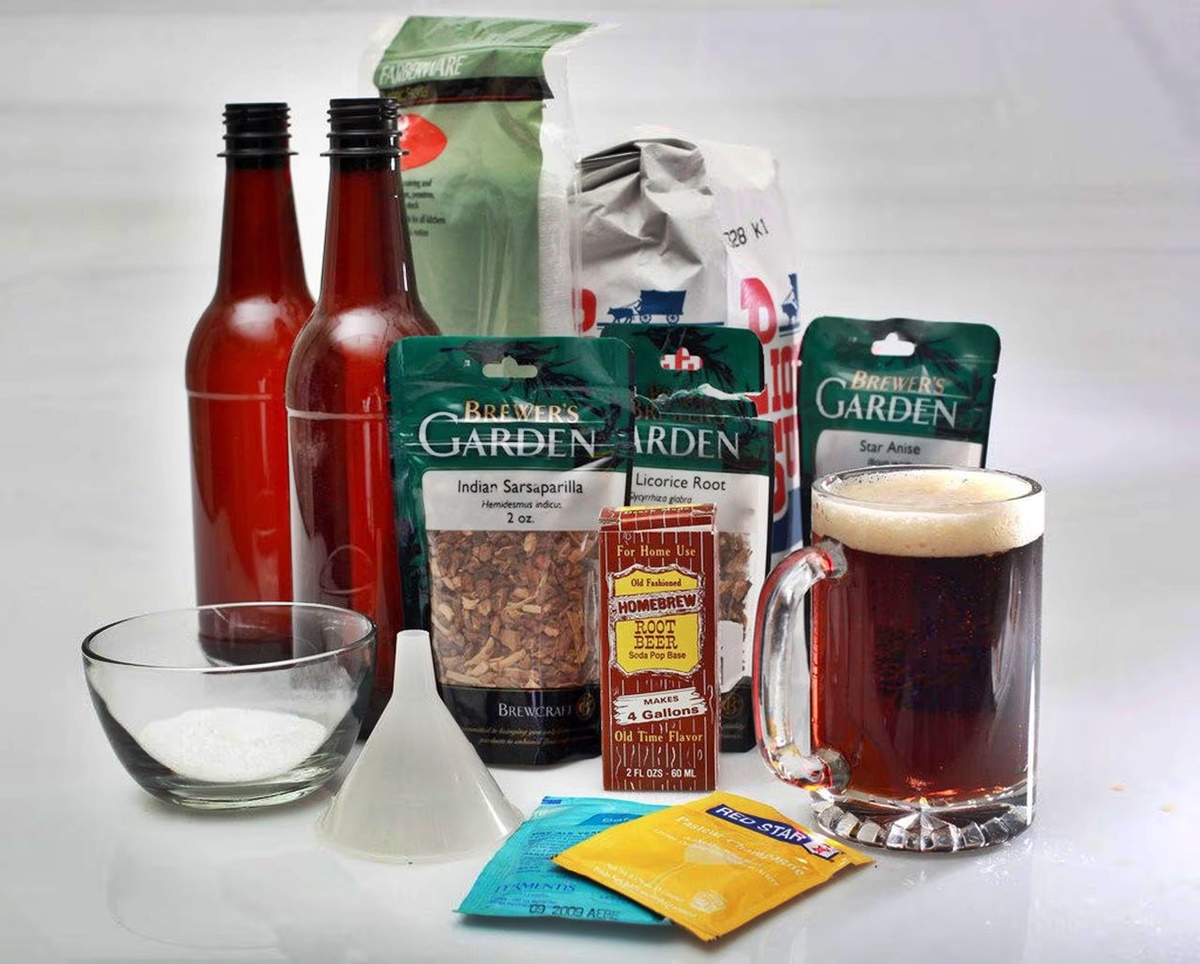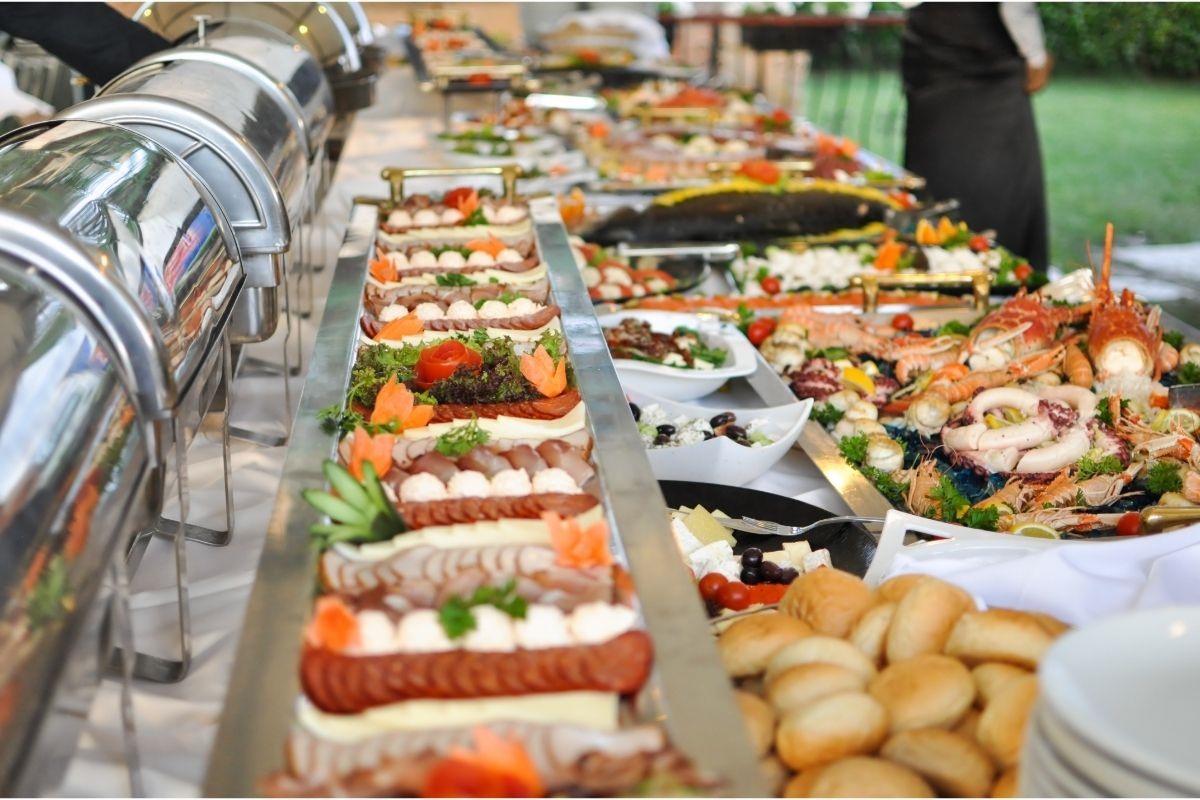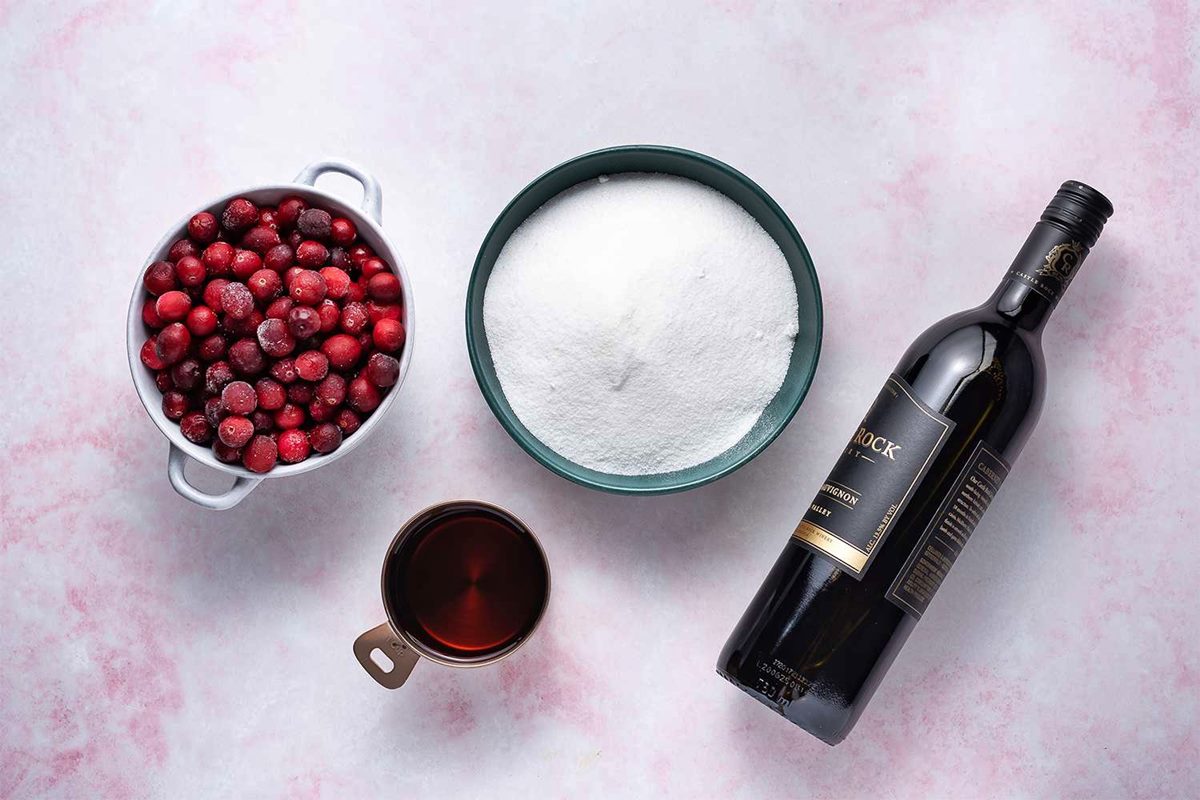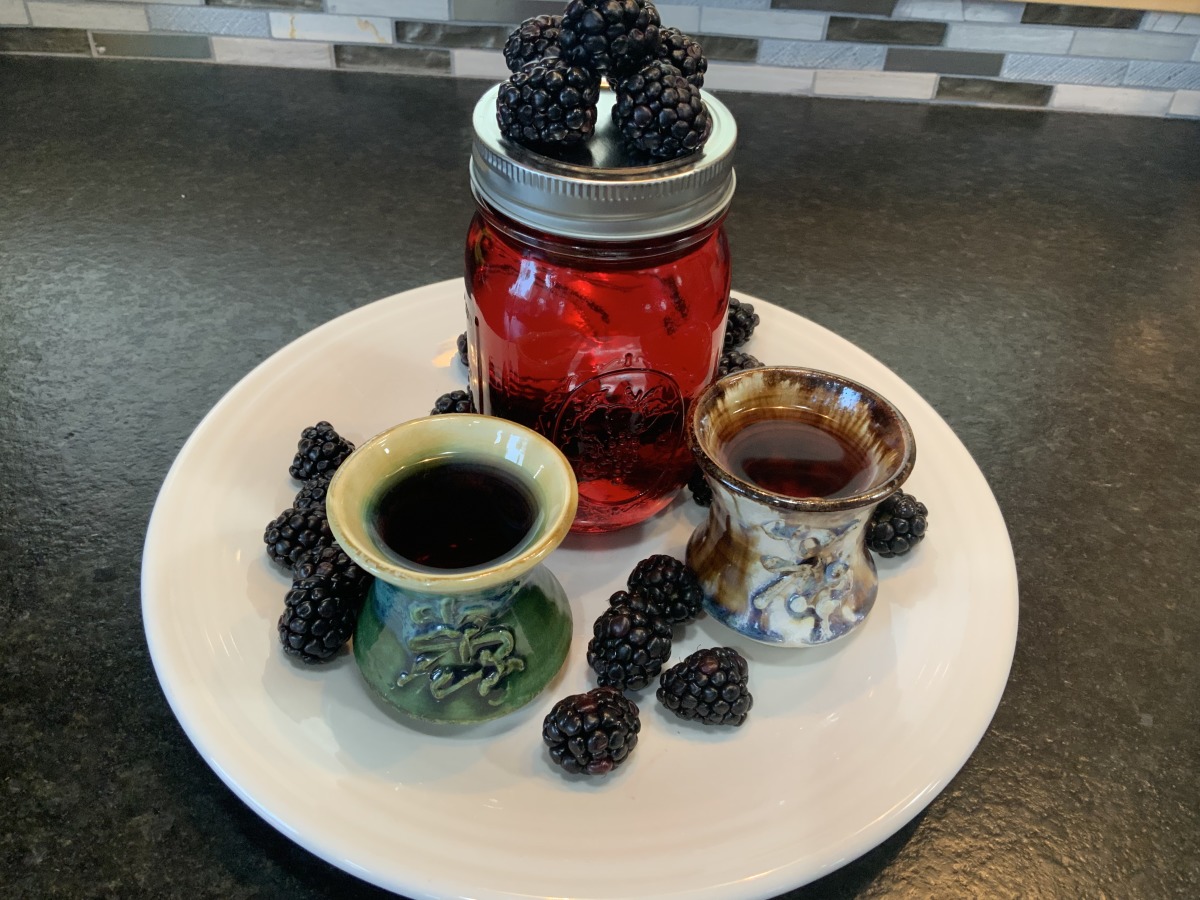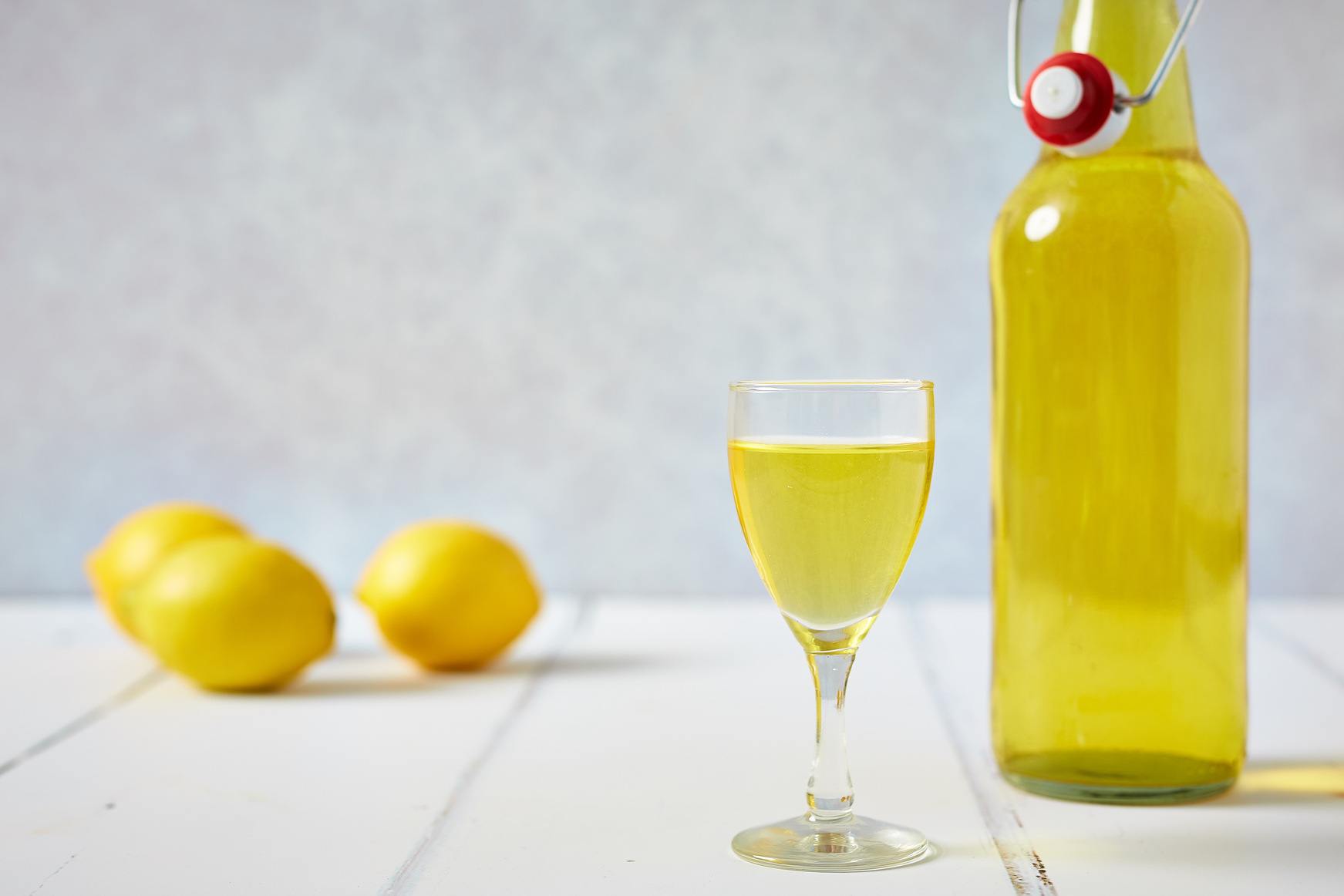Diy Passata – To Make Or To Buy?
Passata, a staple in Italian cuisine, is a versatile tomato-based sauce that adds depth and flavor to countless dishes. It serves as a base for pasta sauces, soups, stews, and more. While it’s readily available in stores, there’s something undeniably satisfying about making your own passata from scratch. But is the effort worth it? Let’s delve into the DIY passata journey and compare it to the store-bought alternative.
Why Make Your Own Passata?
There’s a certain pleasure in undertaking a culinary project from start to finish. Making your own passata allows you to have full control over the ingredients and flavors. You can tailor the passata to your personal taste preferences, adjusting the sweetness, acidity, and seasonings to create a sauce that perfectly suits your palate. Additionally, you can choose to use organic tomatoes or locally sourced produce, ensuring a fresher and possibly healthier end product.
The DIY Process
Making passata from scratch does require some time and effort, but the process is relatively straightforward. Here’s a step-by-step guide:
- Select ripe tomatoes: Choose high-quality, fully ripe tomatoes for the best flavor and texture.
- Blanch and peel: Submerge the tomatoes in boiling water for a minute, then transfer them to an ice bath. This will make it easier to peel off the skins.
- Remove seeds and excess liquid: Cut the tomatoes in half and gently squeeze out the seeds and excess juice.
- Cook and puree: Transfer the tomatoes to a large pot, add salt, and simmer until they break down. Then, use a food mill or blender to puree the mixture until smooth.
- Preserve: If you want to store your passata for an extended period, it’s important to sterilize jars and process them in a water bath canner.
The Store-Bought Alternative
If time is of the essence or you simply prefer convenience, store-bought passata is a viable option. It offers the advantage of being readily available and saves you the hassle of preparing and cooking the tomatoes yourself. Most grocery stores stock a variety of passata brands, offering different flavors and levels of quality.
Which Is Better?
Ultimately, whether to make your own passata or buy it boils down to personal preference, time constraints, and your cooking style. Here are some factors to consider when making your decision:
- Flavor control: Homemade passata allows you to have complete control over the flavors and seasonings, while store-bought options may vary in taste.
- Quality of ingredients: If using fresh, locally sourced ingredients is important to you, making your own passata ensures you have full control over the quality.
- Time and effort: DIY passata requires more time and effort compared to buying it off the shelf. Consider your schedule and whether you enjoy the process of making things from scratch.
- Convenience: Store-bought passata is readily available and can be a time-saving option for busy individuals.
- Cooking preferences: If you enjoy the process of creating dishes from scratch, making your own passata can be a rewarding culinary experience.
In Conclusion
Ultimately, the decision of whether to make your own passata or buy it depends on your personal preferences, time availability, and dedication to the culinary process. DIY passata offers control over flavors and ingredients, allowing you to create a sauce custom-tailored to your taste. On the other hand, store-bought passata provides convenience for those with busy lifestyles. Whichever route you choose, the significant role passata plays in enhancing flavors makes it a worthwhile addition to your kitchen pantry.
